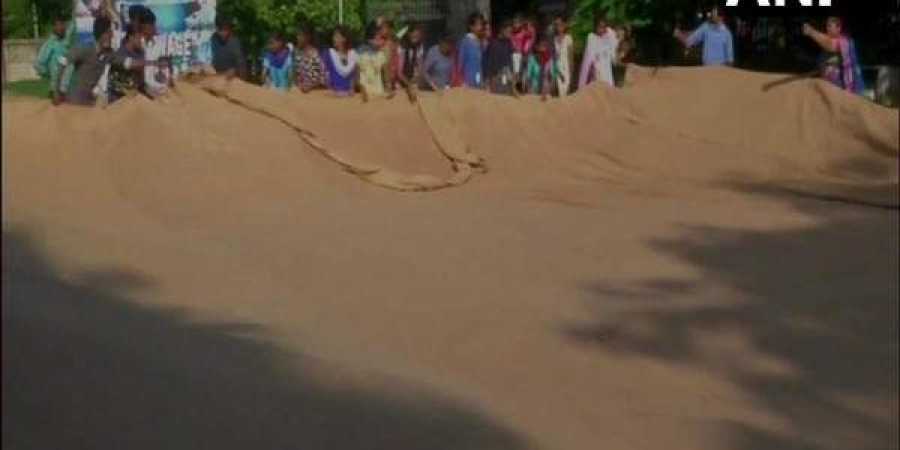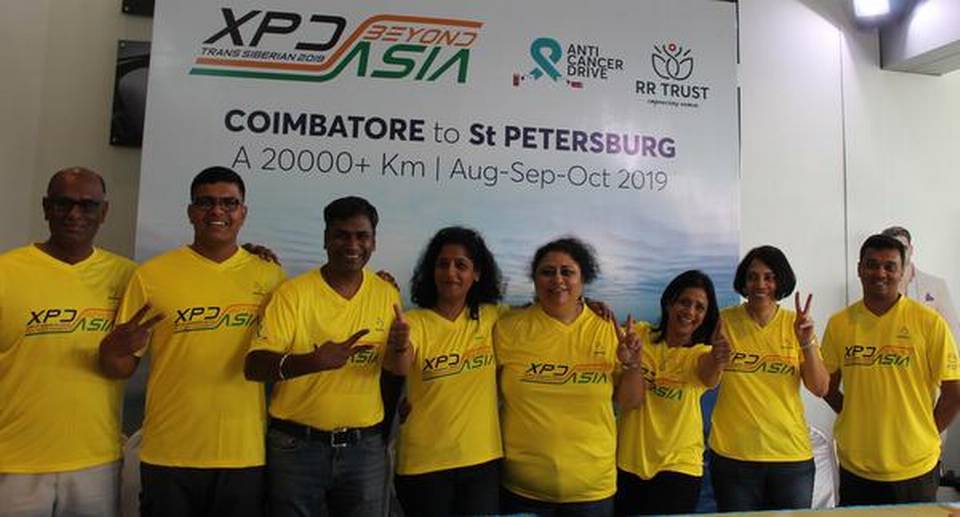Members of Mother India’s Crochet Queens, consisting of over 6000 members in 13 countries discuss their latest Guinness World Record
Colourful snowmen, Santa Claus bobbleheads and shimmering snowflakes, each carefully woven with yarn, were quickly arranged in a row as a group of women waited in anticipation next to their creations. They were among 350 women of Mother India’s Crochet Queens (MICQ) who showcased a whopping 66,158 decorations, in an attempt to set their fourth Guinness World Record for the World’s Largest Display of Crochet Christmas Decorations. Four hours of careful counting later, the new record was set.
Mother India’s Crochet Queens (MICQ) was founded in 2016 by Subashri Natarajan and currently consists of over 6,000 members in 13 countries. Previously setting records for the largest crochet blanket, largest crocheted scarf and largest display of crochet sculptures, the group, which also consists of cancer survivors, stroke patients and physically challenged members, was trying to break the previous record of 4,416 crochet Christmas decorations achieved by British group Women’s Weekly.
Subashri set the ball rolling in February, and coordinated through 28 goodwill ambassadors across nine countries. “We picked 120 designs and sent it to the organisation for approval. Fixing a target of 100 crochet pieces per participant, I initially aimed towards creating 10,000 designs, not anticipating that we would produce six times the number.”
Participants, from the age of six to 89, busied themselves knitting angels and Christmas trees onto sheets of netlon, while exploring colours and patterns. Applique, a two-dimensional needlework technique combined with amigurumi, the Japanese art of crocheting, resulted in funky gingerbread men and tiny reindeer. Pushing the boundaries of crochet, the women also decided to narrate the history of Christianity through 33 different scenes, beginning with angels appearing before the shepherds. A colour scheme was decided and through CAL (Crochet Along), dolls were couriered in and assembled. With 55 participants from Chennai, and designs sourced from cities like Madurai and Coimbatore, Tamil Nadu contributed the maximum number of pieces, with Karnataka coming in second.
When asked what the pieces would be used for, the members spoke about using their skills for charity and social work. Biji Rajan, goodwill ambassador for Tamil Nadu, mentioned, “Having worked with the Tamil Nadu Police Department in the past, the group has distributed scarves to the blind, and toys to Government school students. We knitted cotton and silk caps for cancer patients at St Jude India, Mumbai.” For their Jawan Project, 3,600 crocheted cowls and caps were distributed to the Army in 2018, and they are currently working on 18,000 scarves for soldiers.
So what will the group’s next record attempt be? Subashini said, “We are now working towards converting the Christmas designs into blankets, cushion covers, mobile cases and sling bags. These will be distributed to approved orphanages, churches and NGOs.”
source: http://www.thehindu.com / The Hindu / Home> Entertainment> Art / by Aditi Subramanian / September 26th, 2019












